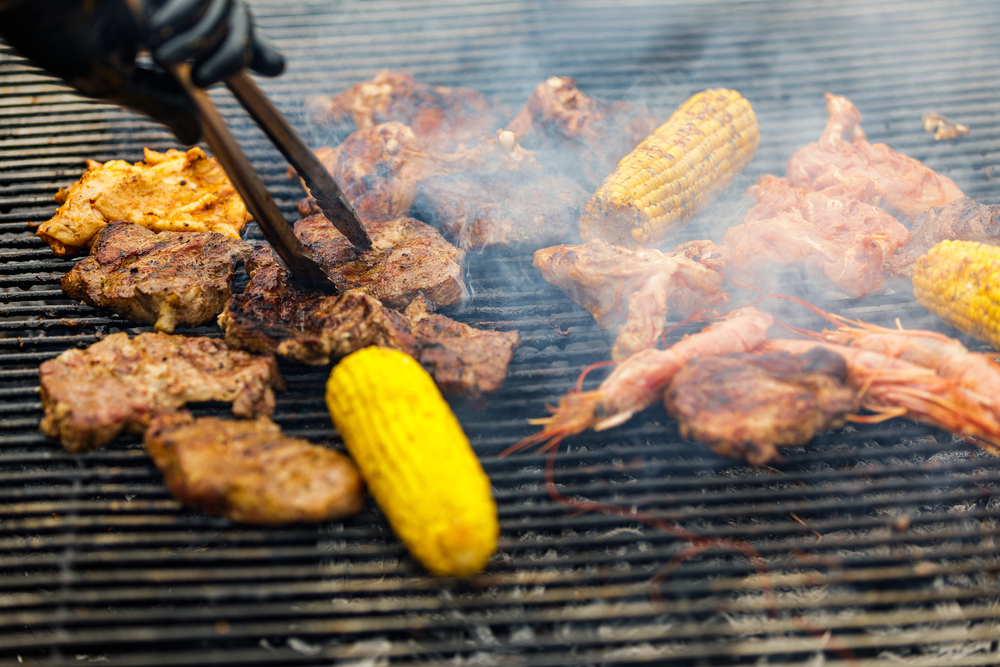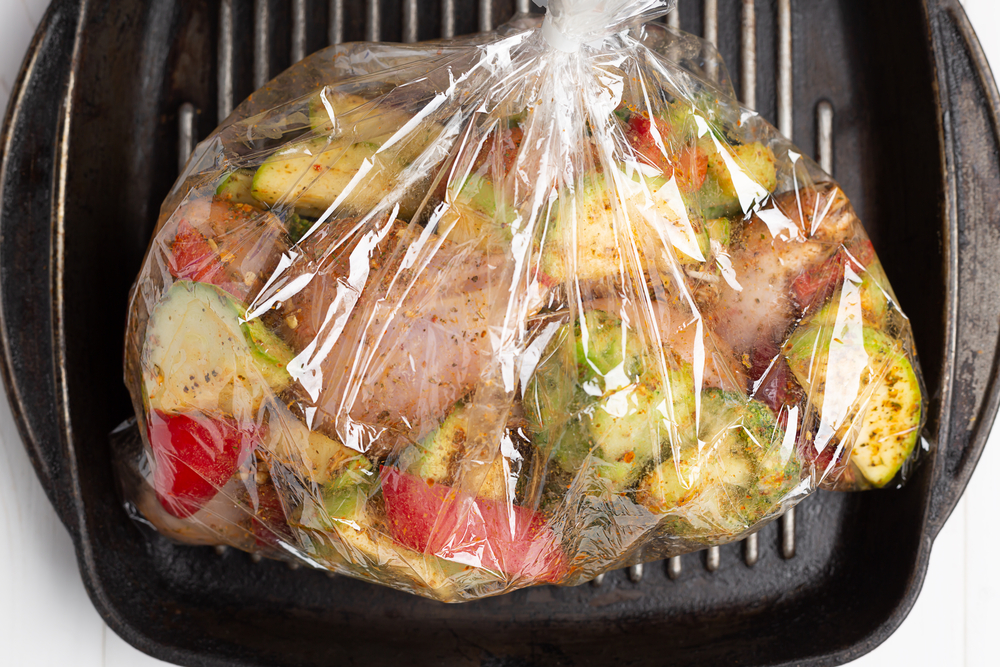My 12 ways to cook for health

Healthy cooking doesn't mean that you have to become a gourmet chef or invest in expensive cookware. Here I've categorised the 12 basic cooking methods for preparing foods in healthy ways without adding excessive amounts of fat or salt.
No matter how careful you are, all forms of cooking deplete nutrients to some extent – heat inactivates three heat-sensitive vitamins (vitamin C, thiamin or vitamin B1 and folate, another B vitamin) while water leaches out minerals. The trick is to minimise the loss, and some cooking methods are better at this than others.
As a rule of thumb, the quicker the cooking time and the less water used, the better your nutrition will be. On the other hand, cooking improves the digestibility of fibre and proteins. It also increases the availability of lycopene and other fat-soluble vitamins. Mineral levels such as zinc or magnesium are not much affected by cooking.
Cooking for good health has three main aims.
It aims to:
1. Retain the most vitamins and minerals.
2. Remove grease and fats from meats and chicken.
3. Make recipes taste good when you don't add little or no salt or sugar.
1. Steaming
Whether you opt for a double-boiler or a foldable metal basket that fits into a pot, steaming ranks at the top of the cooking methods. It minimises loss of vitamins, cooks quickly and needs no fat. It's the ideal way to cook vegetables rather than boiling, where nutrients are leached out into the cooking water. Steam ovens rate highly too. They inject steam into a cooking chamber and cook food quickly without discoloration or softening, whilst retaining good flavour.
2. Microwaving
Microwaving cooks the fastest and needs little or no water and no salt. Forget the rumours about microwaves destroying the goodness in food. Like radio waves, microwaves are a form of electromagnetic energy. Microwave cooking works by vibrating the water molecules within the food so they heat up. It is as safe as cooking on a conventional stove top. It is simply a way of heating.

It's best to use containers that have been specially designed for microwave heating – or stick to glass, ceramic or paper. Don't use plastic containers which are high in polyvinyl chloride (PVC) such as margarine or ice-cream containers. The plastic molecules may pass into the food.
3. Fast boiling
Short rapid or fast boiling is better than long simmering for vegetables. The more water and the longer the cooking time, the more nutrients you lose. Ideally bring the water to the boil first, then add your vegetables and cover the pan (this speeds up the cooking time).
4. Stir-frying
Stir-frying delivers a lot more heat than a conventional pan so your food cooks faster and doesn't 'stew' in its own juices. Go for a non-stick surface to minimise sticking so you don't have to use a lot of oil – you can even stir-fry with just a spray of oil or a little stock or water. Remember to dice or slice your ingredients to a uniform size so they cook at the same rate.
5. Sautéing
Frying in oil piles on the fat – in fact, half the kilojoules in a fried chicken breast come from the oil it is cooked in. Additionally, the high frying temperatures are quite destructive of nutrients. But sautéing – cooking quickly over high heat in a little oil and tossing frequently – is fine.
Use a little oil, or brush or spray the pan first. You shouldn't have any oil left over, so just use enough to do the job. A good tip is to warm the pan a little before adding the oil – this way it spreads better and you can use less.
6. Poaching
To poach foods, gently simmer ingredients in water or a liquid such as broth, wine or juice until they're cooked through and tender. The food retains its shape during cooking. For stove-top poaching, choose a covered pan that best fits the size and shape of the food. You want to just cover the food with the poaching liquid.
7. Grilling
Grilling on a slotted tray or barbecue plate allows any fat to drip away from food and also creates its own flavour. An electric health grill is a great idea for quick steaks or melts when space is limited. Some grills cook from the top and bottom at the same time, so your meat cooks faster. You can use them for toasted sandwiches too.
8. Barbecuing
This high-heat method needs to be controlled so you minimise how much you char (burn) the food. It's not just meat, it applies to poultry and char-grilled vegetables too. When fat drips onto hot coals (or other source of heat), potentially dangerous compounds are then deposited on the food from the rising smoke and flames. It tastes delicious but it does set the scene for cancer possibly later in life. So to minimise the risk, our recipes suggest you:
- Buy lean meats or trim away all fat to reduce fat-flares.
- Marinate meats before barbecuing.
- Don't cook directly over the coals.
- Wait for the fire to die down a little before you cook so it's not smoking.
- Cut away any charred bits.

If you use the barbecue hotplate, watch the amount of oil you add or you'll end up frying the food in fat, not barbecuing it.
9. Roasting
Roasting uses dry heat at high temperature to cook the food. For poultry and meat, make sure you place a rack inside the roasting pan so that the fat can drip away during cooking.
10. Slow cooking
When the weather gets cold, it's time to bring out the electric slow cooker or a heavy-based casserole that you leave on low in the oven or over a gentle heat. The direct heat from the pot, lengthy cooking and steam created within the tightly covered container combine to destroy bacteria and make the slow cooker a safe process for cooking foods. Always defrost meat or poultry completely before putting it into a slow cooker.
11. Oven bags

These work like a mini-slow cooker so you 'steam' your meat in an individually sealed bag in the oven. Best of all, you simply throw the bag out once you've finished so there's minimal washing up.
12. Wrap and cook routines
We're big fans of wrapping fish fillets or single chicken breasts in baking paper – or even bamboo, banana leaves, fig leaves, grape leaves, corn husks, spinach leaves or cabbage leaves – along with lots of fresh herbs and baking in the oven or on the barbecue. Although you don't get any browning with this method, it seals in the flavour and works wonders with lean, fat-free cuts.



